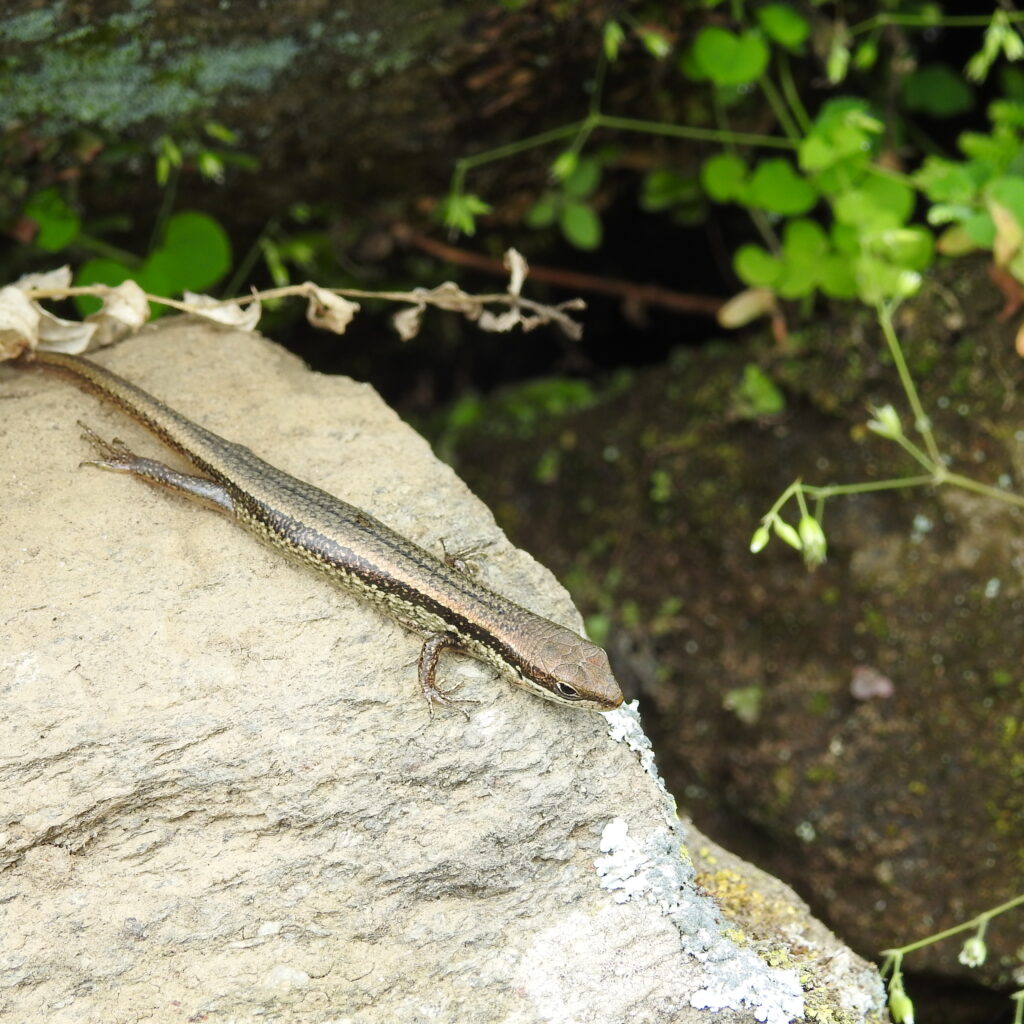The Himalayan region is a biodiversity hotspot with a unique biogeography that has influenced the diversification of many taxa. Three endemic skinks (family: Scincidae) were discovered in central Nepal: Mahabharat skink (Ablepharus mahabharatus), Nepal skink (Ablepharus nepalensis) and large ground skink (Scincella capitanea). Information on their distribution, population abundance, habitat use and resource partitioning with sympatric species is lacking.

Reptiles are susceptible to environmental and anthropogenic changes and have limited dispersal capabilities. They are particularly sensitive to habitat modifications and climate change, both of which are occurring rapidly in the Himalayan and hilly regions of Nepal. No dedicated study on Nepalese endemic skinks has occurred. This project will fill a knowledge gap by conducting ecological assessments to provide details on current distribution, habitat use and micro habitat selection, population abundance and threats impacting the survival of these endemic skinks to inform conservation strategies.
Supported by: Nagao Natural Environment Foundation



